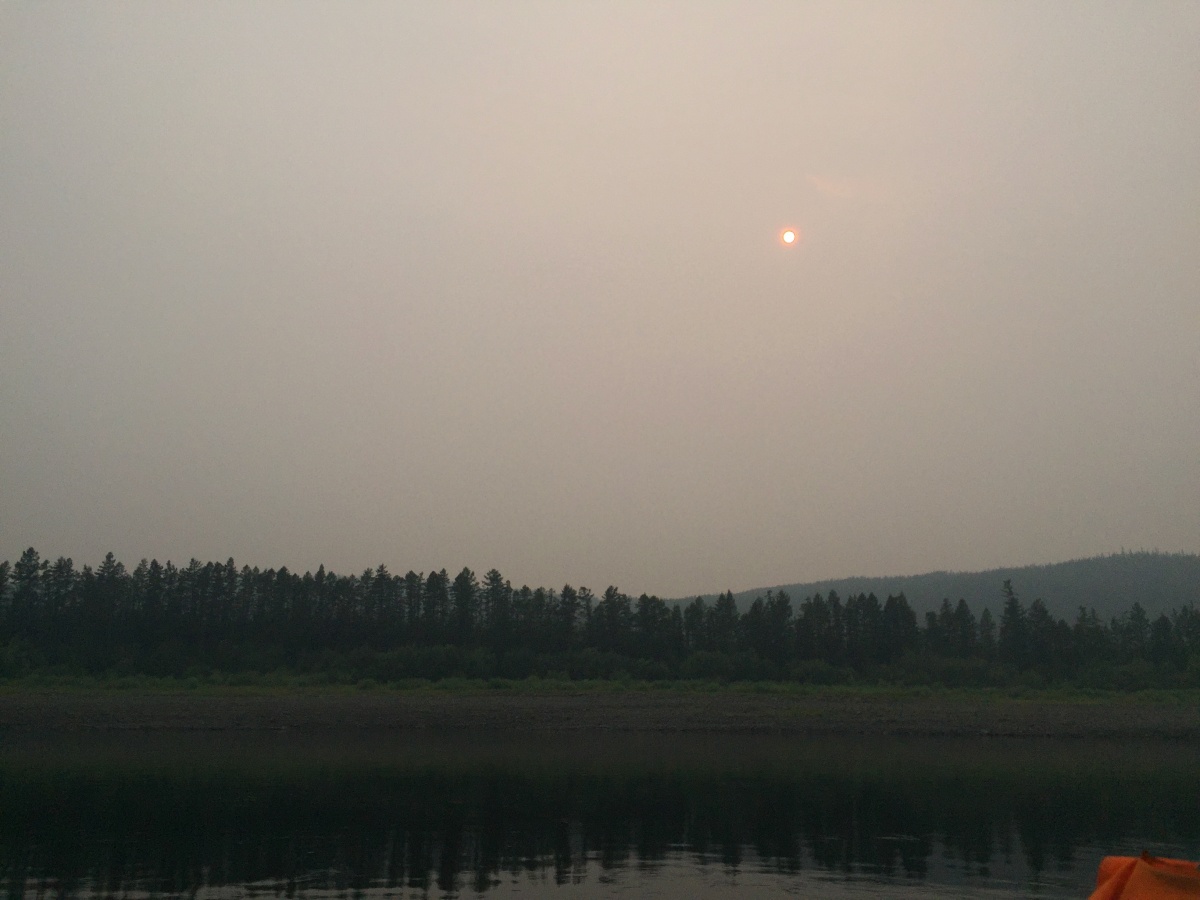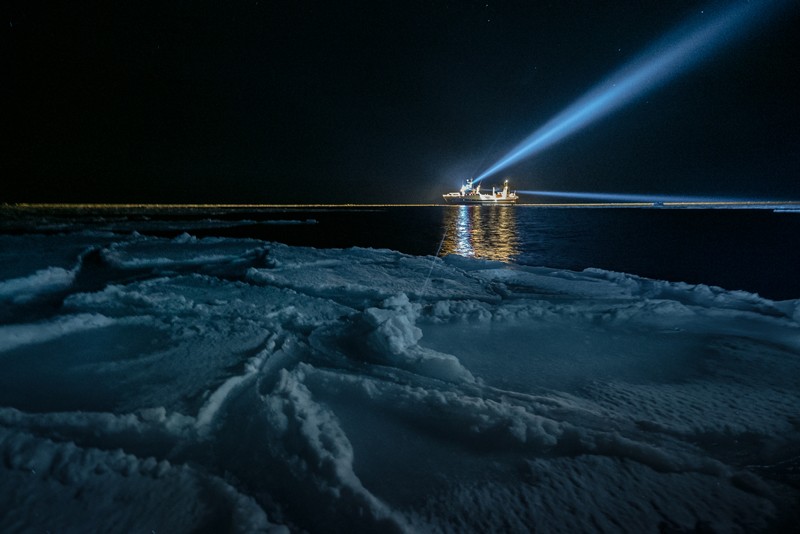A new analysis of observed temperatures shows the Arctic is heating up more than four times faster than the rate of global warming. The trend has stepped upward steeply twice in the last 50 years, a finding missed by all but four of 39 climate models.
Tag: arctic climate
Study: Diminishing Arctic Sea Ice Has Lasting Impacts on Global Climate
As the impacts of climate change are felt around the world, no area is experiencing more drastic changes than the northern polar region.
Sandia-operated Arctic measurement facility moves, research to continue
After eight great years of observations and research, a Sandia National Laboratories-operated atmospheric measurement facility moved from Oliktok Point, on the North Slope of Alaska, this summer. The mobile facility will be relocating to the southeastern United States; the exact location is still being decided.
Drone Flights Give Scientists Better Data on Vegetation in the Arctic Tundra
Scientists use various satellite and airborne systems to study how vegetation changes in response to climate change. However, these systems have low resolution that makes it hard to identify detailed patterns. This is especially true in the Arctic due to the region’s highly mixed vegetation. Now, scientists have adopted unoccupied aerial systems—also known as drones—for high-resolution vegetation monitoring.

UNH Researchers Find Wildfires Can Alter Arctic Watersheds for 50 Years
Climate change has contributed to the increase in the number of wildfires in the Arctic where it can dramatically shift stream chemistry and potentially harm both ecosystems and humans. Researchers at the University of New Hampshire have found that some aftereffects, like decreased carbon and increased nitrogen, can last up to five decades and could have major implications on vital waterways.

ARTIFICIAL LIGHT IN THE ARCTIC
A new study examines how artificial light during the polar night disrupts Arctic fish and zooplankton behavior down to 200 meters in depth, which could affect fish counts.